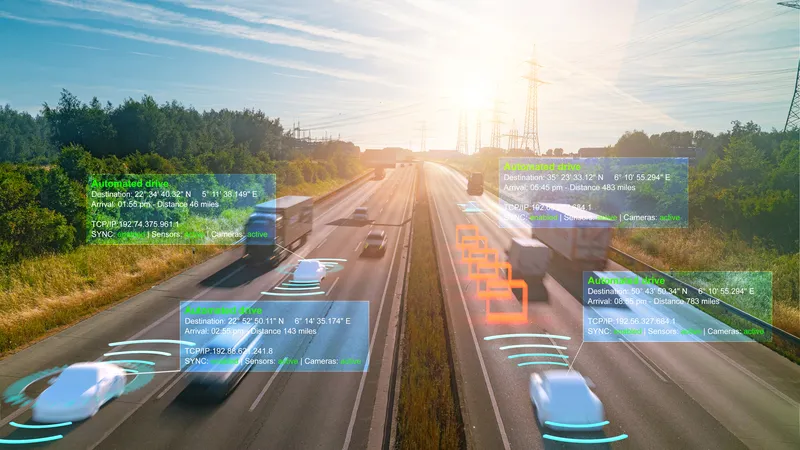The UK government has unveiled a US$8 billion (£6.1 billion) programme of road improvements as part of its US$30 billion (£23 billion) upgrade to the road network in England.
Road users will benefit from shorter journey times, reduced congestion and increased capacity on roads, creating better local connections and improved passenger journeys as a result of these projects.
This includes the route for the new A19 Downhill Lane junction, which has been published today (30 June 2017). The new junction will support the new international manufacturing park by significantly increasing road capacity, easing traffic and improving safety, as well as boosting the local economy.
Over the coming six months, the government will take the next steps on 55 road improvements across the country, including opening eight schemes, consulting on 10 schemes and publishing final plans for another 29 schemes.
Upgrades include adding capacity to sections of the A1 in Northumberland and proposals to increase capacity at the A12 Colchester Bypass to reduce delays, as well as a new strategic corridor to the south-west via the A303, which will improve journey times to enhance the world heritage site.
Other improvements include a more efficient Junction 19 on the M6 and an upgrade to the link between the Port of Liverpool and the motorway network.
Announcing the funding, Transport Minister Jesse Norman said: “Over the next six months we expect to roll out our vital upgrade plan, taking next steps on £6.1 billion-worth of schemes and seeking to hear from local people, organisations and businesses to help shape our plans and ensure they benefit local communities.”
She also plans to announce the winners of the 2017 to 2018 highways maintenance challenge fund, where the government will be investing US$97,5 million (£75 million) to improve smaller local roads including through resurfacing, filling potholes and other infrastructure projects.
Government publishes programme of upgrades to major roads and motorways
The UK government has unveiled a US$8 billion (£6.1 billion) programme of road improvements as part of its US$30 billion (£23 billion) upgrade to the road network in England.
June 30, 2017
Read time: 2 mins










